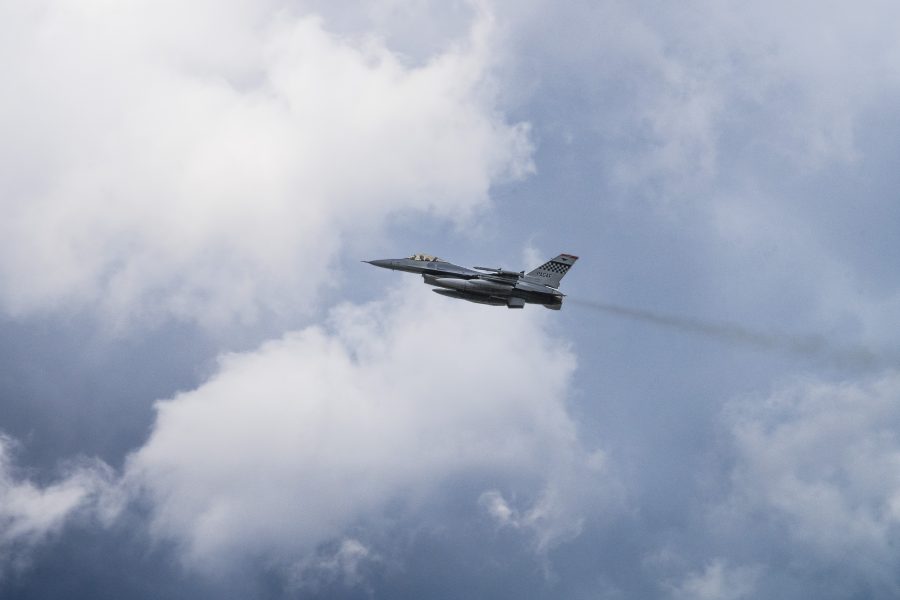Freedom Shield, an annual large-scale exercise led by the United States and South Korea, kicked off March 4, and the U.S. Air Force is slated to contribute multiple fighter types to the training.
USAF F-16s and A-10s are confirmed to participate in different training events throughout the 11-day exercise, and American F-35s are “tentatively confirmed” to participate as well, 7th Air Force Spokeswoman Maj. Rachel Buitrago told Air & Space Forces Magazine in an email statement.
Freedom Shield marks the first major multi-domain exercise between the U.S. and South Korea in 2024 and will focus on combined, multi-domain operations with land, air, sea, and non-kinetic assets, according to the U.S. Forces Korea.
“Freedom Shield 24 is tough and realistic exercise, to strengthen the combined defensive posture and alliance response capabilities, based off scenarios that reflect diverse threats within the security environment,” USFK director of public affairs Army Col. Isaac Taylor said during a press conference.
The overall exercise will include 48 individual “Field Training Exercises,” more than doubling last year’s edition, which also features a B-1 bomber. It is being observed by service members from 12 United Nations Command (UNC) Member States, including the United Kingdom, Australia, France, and Italy.
One element of the exercise highlighted by South Korea’s Ministry of National Defense will be a ‘Buddy Squadron’ event near Osan Air Force Base, home of the 7th Air Force, which will involve 20 aircraft, including American F-16s and Republic of Korea Air Force’s F-15Ks.
Airmen from both nations are engaged in practical training, such as Defensive Counter Air (DCA) missions and discuss the latest tactics during the training, according to the Ministry of National Defense.
Additionally, U.S. RC-135V Rivet Joint and ROK’s high-altitude unmanned reconnaissance aircraft Global Hawk (RQ-4) were deployed to closely monitor North Korean military movements on the first day of the Freedom Shield exercise.
Meanwhile, North Korea has condemned the exercise and issued a warning, stating that the U.S. and South Korea will pay a “dear price,”through its state-owned media on March 5.
During last year’s Freedom Shield exercise in March, North Korea carried out test launches of an intercontinental ballistic missile, known as the Hwasong-17, and short-range ballistic missiles. The DPRK has also pledged to launch three more spy satellites this year following on the launch of its first satellite last November.
South Korea’s Defense Minister Shin Won-Sik, while warning that satellite launches could happen as early as this month, also indicated that the satellite Pyongyang launched in November appears to be non-operational.
